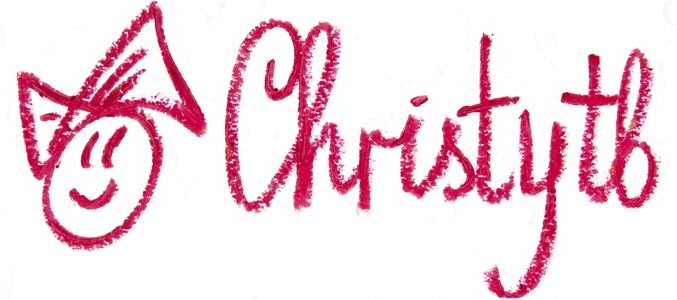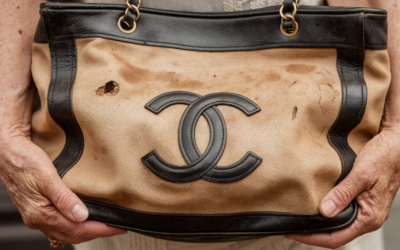Louse Egg NYT: Understanding Nits and How to Treat Them

Head lice, small parasitic insects, have been a common problem for centuries. These tiny creatures, though harmless in most cases, can cause significant discomfort and inconvenience. At the center of every lice infestation is the louse egg, often referred to as a nit. The topic of lice and their eggs has even been featured in discussions like Louse Egg NYT, highlighting their impact and the best methods to deal with them.
In this article, we’ll delve into the lifecycle of louse eggs, their appearance, how they spread, and the most effective ways to prevent and treat infestations. If you’ve ever been curious about how lice reproduce and why their eggs are so stubborn to remove, this comprehensive guide will provide you with all the information you need.
What Are Louse Eggs?
Louse eggs, commonly known as nits, are the oval-shaped eggs laid by head lice. They are tiny, about the size of a sesame seed, and are usually found attached to individual strands of hair close to the scalp. These eggs are laid by female lice and are glued in place with a sticky substance, making them difficult to remove.
Nits are often mistaken for dandruff or hair debris, but unlike dandruff, they cannot be easily brushed off. They are typically white, yellowish, or tan in color and become darker as the louse inside develops.
The Lifecycle of Louse Eggs
Understanding the lifecycle of a louse egg is key to tackling infestations effectively. Here’s what happens:
- Egg Stage (Nit): A female louse lays about 6-10 eggs per day, usually near the base of the hair shaft. The eggs take about 7-10 days to hatch.
- Nymph Stage: Once hatched, the young louse, called a nymph, begins feeding on the host’s blood. Nymphs go through three stages of growth over 7-10 days before becoming adults.
- Adult Stage: An adult louse can live up to 30 days on a human scalp, feeding multiple times a day and laying more eggs to continue the cycle.
This rapid lifecycle makes it essential to act quickly when dealing with lice to prevent further reproduction and spread.
How to Identify Louse Eggs
Identifying louse eggs can be challenging due to their small size and resemblance to other scalp debris. However, there are some distinguishing characteristics:
- Location: Nits are usually found close to the scalp, often within 1/4 inch of the base of the hair shaft.
- Texture: Unlike dandruff, nits are firmly glued to the hair and cannot be easily removed with brushing or shaking.
- Color: Fresh nits are yellowish or clear, while empty eggshells (after hatching) appear white.
A fine-toothed lice comb can help in identifying and removing these eggs more effectively.
How Lice Spread
Head lice and their eggs spread primarily through direct contact. Common ways include:
- Head-to-Head Contact: This is the most common method, often occurring during play, sleepovers, or sports activities among children.
- Sharing Personal Items: Lice can cling to brushes, combs, hats, or pillowcases, making shared use a risk factor.
- Close Environments: Schools, daycare centers, and camps are hotspots for lice transmission due to frequent close interactions.
While lice can’t jump or fly, their ability to crawl quickly makes them highly contagious in close quarters.
Myths About Louse Eggs
Misconceptions about louse eggs and infestations are common. Let’s clear up some of the myths:
- Myth 1: Lice prefer dirty hair.
- Fact: Lice do not discriminate between clean or dirty hair; they only need human blood to survive.
- Myth 2: Lice eggs can hatch off the scalp.
- Fact: Nits need the warmth of the human scalp to hatch. If they are removed from the scalp, they will not survive.
- Myth 3: Lice spread diseases.
- Fact: While they are irritating, head lice do not carry or transmit diseases.
Effective Louse Egg Treatments
Dealing with louse eggs requires patience and the right approach. Here are some effective treatment methods:
- Over-the-Counter (OTC) Treatments:
Products containing permethrin or pyrethrin are widely used to kill lice and their eggs. Apply as directed, ensuring thorough coverage of the scalp and hair. - Manual Removal:
Using a fine-toothed lice comb, carefully comb through damp hair to remove nits. This process should be repeated daily for at least a week. - Prescription Medications:
In cases of severe infestation, doctors may prescribe stronger treatments like ivermectin lotion or spinosad topical suspension. - Home Remedies:
Some people use natural methods such as applying mayonnaise, olive oil, or vinegar to smother the lice. While these methods may not kill all eggs, they can make combing easier.
Preventing Louse Eggs and Infestations
Prevention is always better than cure when it comes to lice. Simple measures can help reduce the risk of infestations:
- Avoid Sharing Personal Items: Do not share combs, brushes, hats, or hair accessories.
- Regular Hair Inspections: Check children’s hair regularly, especially after attending school or camps.
- Tie Long Hair Back: Keeping hair tied up can make it harder for lice to attach.
- Wash Bedding and Clothing: If someone in the household has lice, wash their bedding, clothes, and stuffed toys in hot water to kill any lingering lice or eggs.
Challenges in Removing Louse Eggs
Despite best efforts, removing louse eggs can be a frustrating task. Their adhesive nature makes them cling stubbornly to hair strands, and some treatments may not effectively kill all nits. Additionally, resistance to certain chemical treatments has been observed in some lice populations, complicating the process further.
This is why combining multiple approaches—like using medicated shampoos along with manual removal—is often recommended for success.
Louse Egg NYT and the Spotlight on Lice Infestations
The mention of Louse Egg NYT highlights how lice infestations remain a relevant topic in today’s world. Whether it’s examining the social stigma surrounding lice or discussing the latest advances in treatment, publications like The New York Times provide valuable insights and keep the conversation alive.
The focus on louse eggs underscores the importance of understanding their role in infestations and finding innovative solutions to combat them.
Frequently Asked Questions
What are louse eggs made of?
Louse eggs are encased in a protective shell and attached to hair strands with a glue-like substance secreted by female lice.
Can nits survive off the scalp?
No, nits require the warmth and moisture of the human scalp to survive and hatch.
How long does it take for louse eggs to hatch?
Louse eggs typically hatch within 7-10 days of being laid.
Are home remedies effective against louse eggs?
Home remedies may help loosen nits, but they are not as reliable as medical treatments or manual removal with a lice comb.
Why are lice infestations common in schools?
The close proximity of children during play or learning activities makes head-to-head contact more likely, spreading lice easily.
Can lice infestations return after treatment?
Yes, if all eggs are not removed or if reinfestation occurs through contact with someone who still has lice.






